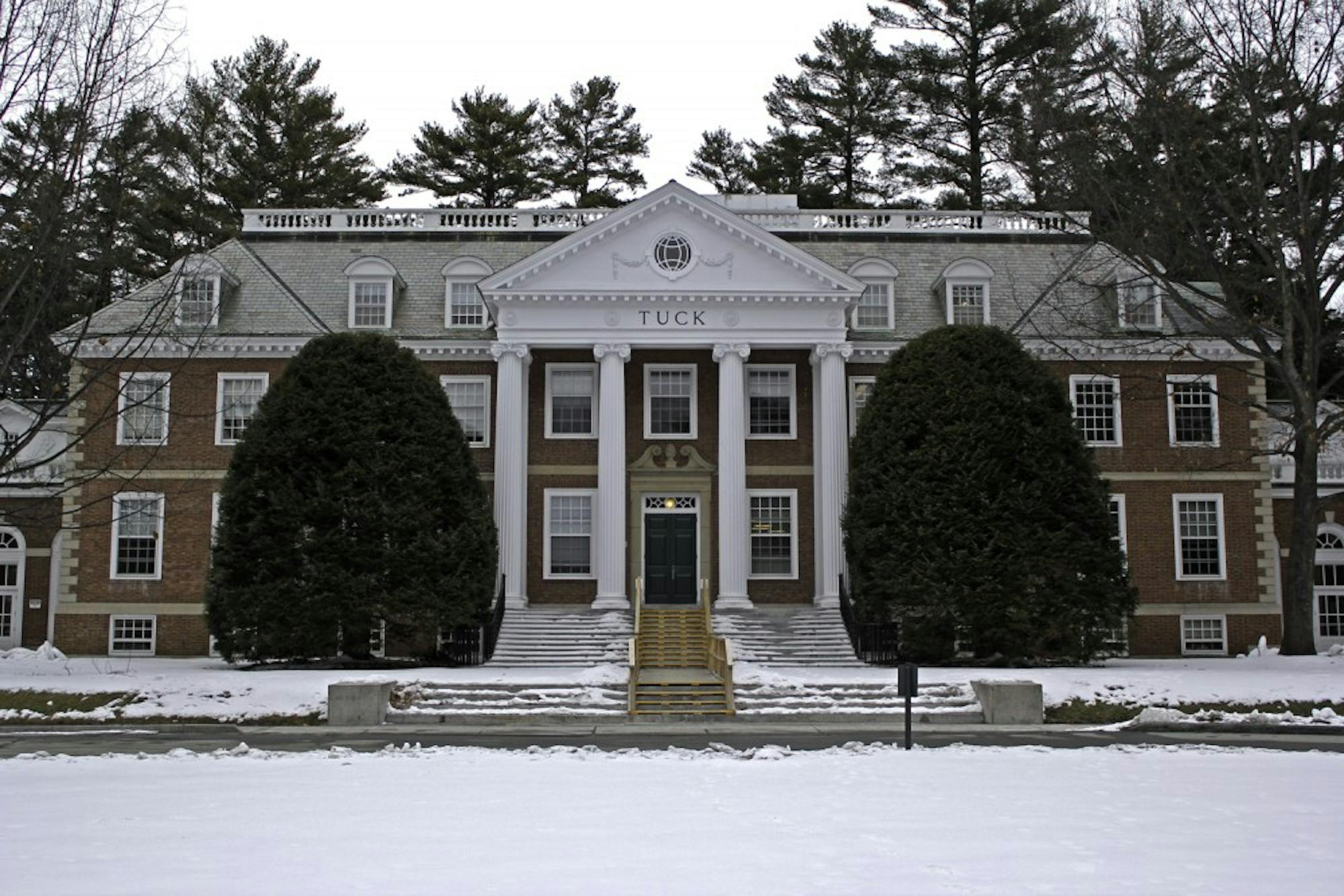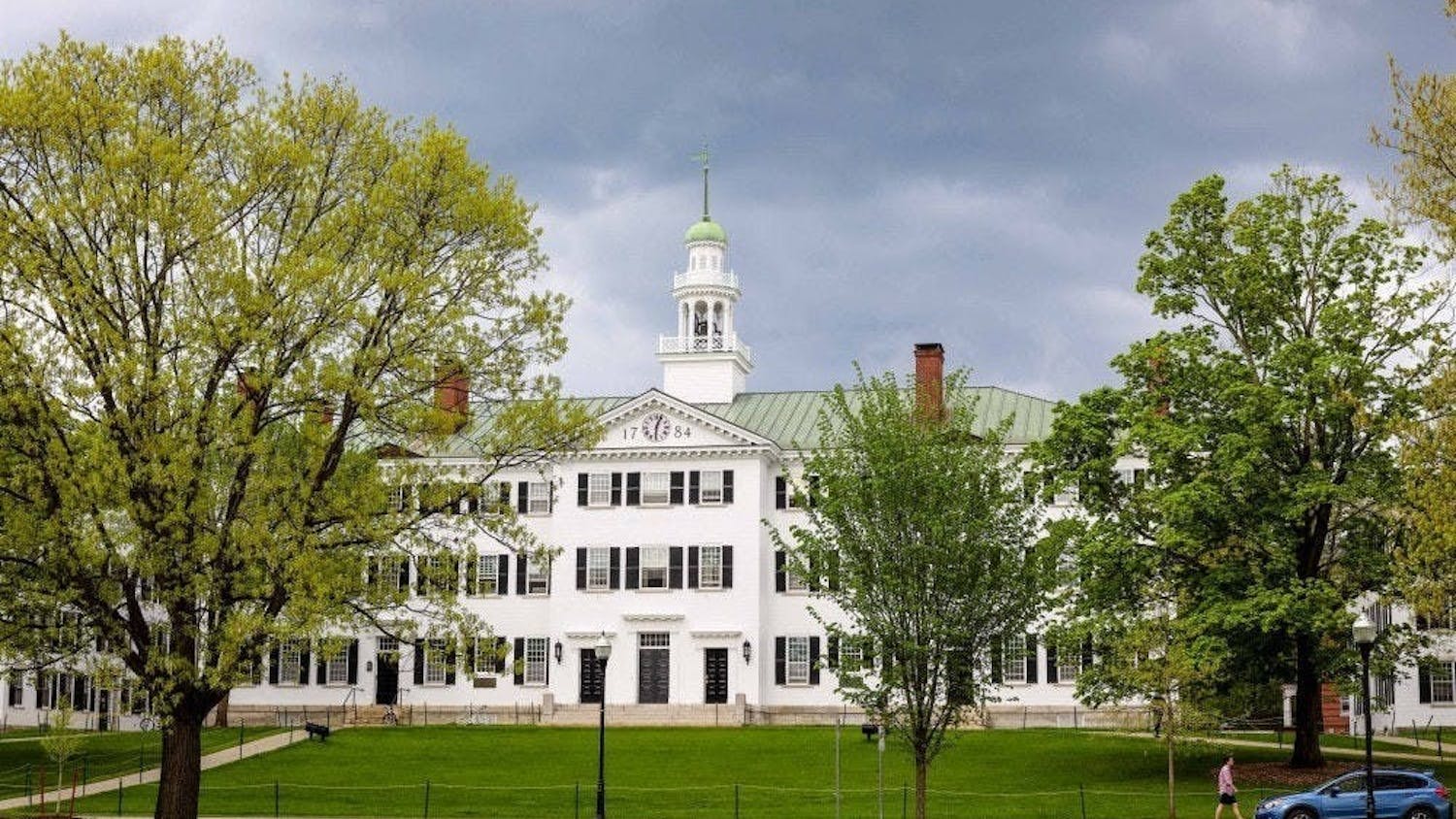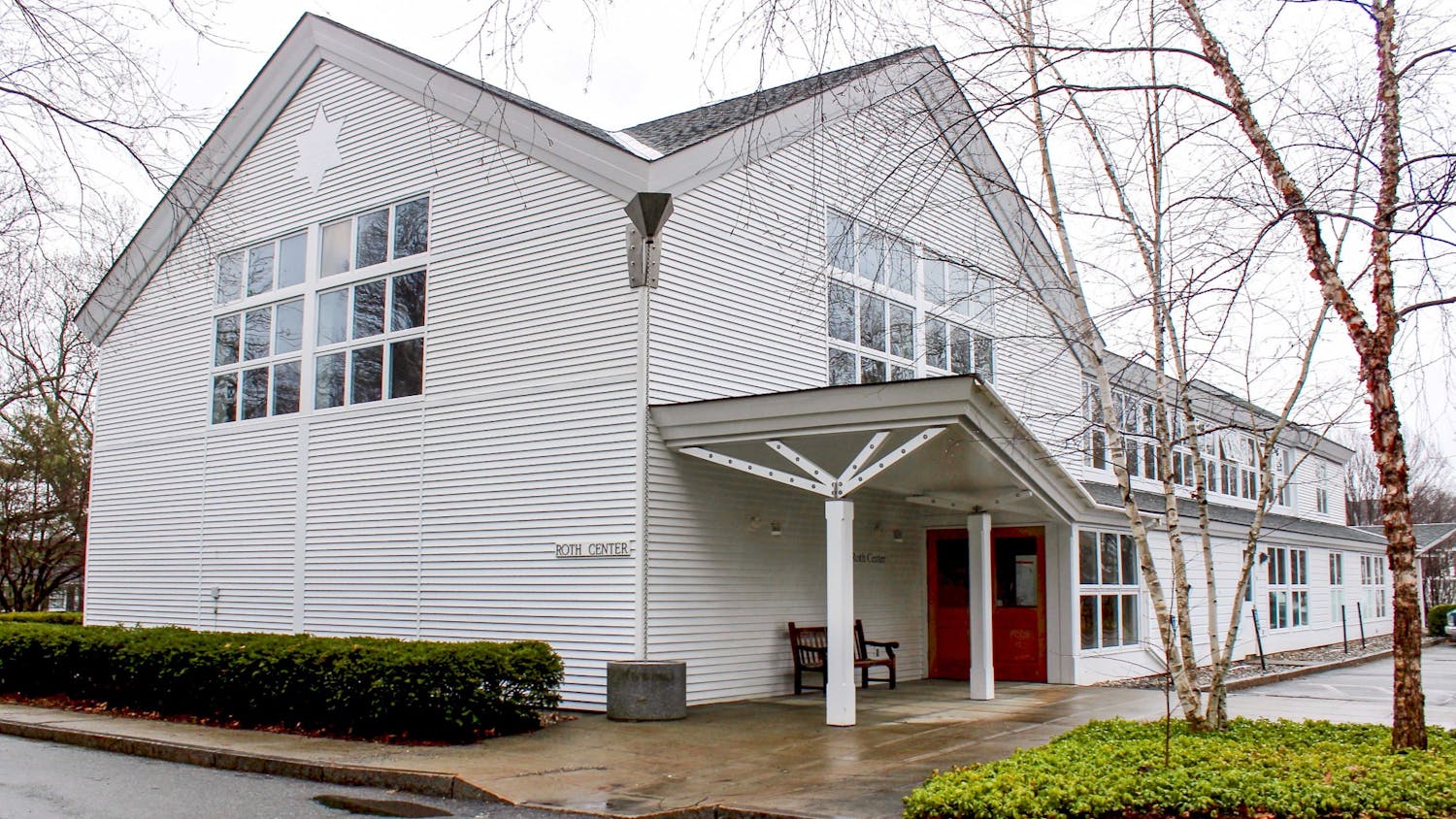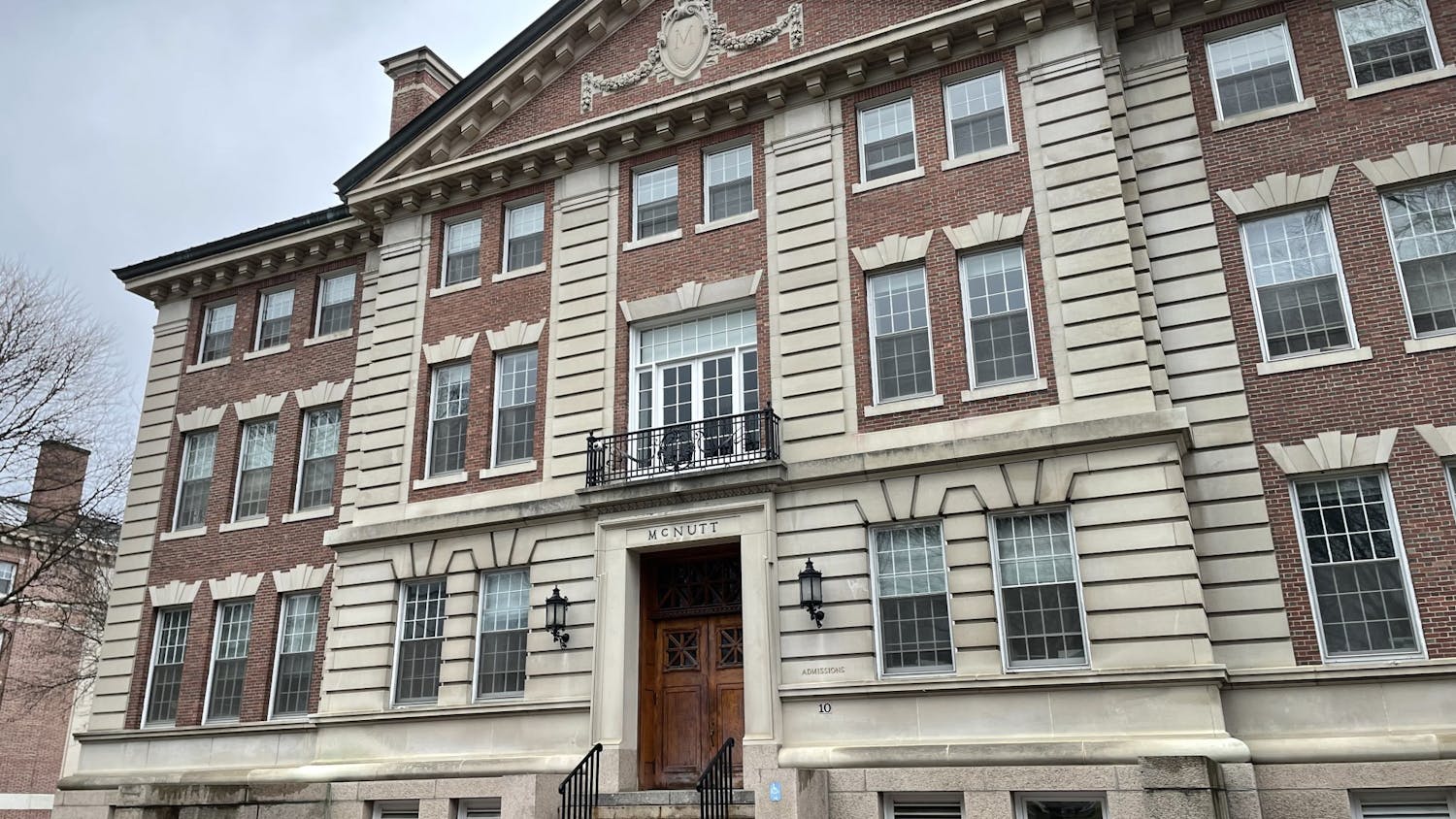According to a recent study carried out by Bloomberg Business, Tuck School of Business students pay on average over $10,000 for “non-essentials” during their job search, which puts them among the top 12 MBA programs whose students spend the most on discretionary purchases. Most of this cost derives from students traveling to visit potential employers.
Aviran Sethi Tu’16, Apurva Sacheti Tu’16 and Mathew Sevin Tu’16 all said that the value of these trips are larger than their costs, especially compared to Tuck’s tuition — Tuck’s total estimated costs are over $93,550 for the Class of 2016, with $61,605 going towards tuition alone.
Tuck’s career development director Jonathan Masland said that students commonly travel out of Hanover for networking purposes and, in his opinion, networking trips cost very little for students overall. Masland did comment on the specific cost.
He added that the career development office encourages students to travel to cities where they can meet people face-to-face and make personal connections.
Masland said that there are many advantages to traveling to different cities to meet with recruiters or alumni at different businesses, because a willingness to personally visit companies conveys a genuine interest and enthusiasm to recruiters.
“It shows a lot of dedication and commitment to a certain sector or company,” Masland said.
These meetings not only benefit Tuck students, he added, but also help potential employers develop an idea of who they might be hiring in the future, as well as form a more personal image of Tuck students.
Masland said that many students participate in “industry treks,” which are when a group of students visit a series of companies in a specific place.
Sethi went on an industry trek to the Bay Area to visit venture capital firms, a field for which Tuck had not organized an industry trek in previous years. He called Tuck alumni and other potential employers to set up meetings for the group, and said within about 10 calls, he had arranged eight meetings.
Treks help students figure out what steps they want to take and help them learn about opportunities and meet people, he said, and the cost of the trip is not significant compared to what students gain from it.
Masland said a large part of networking for Tuck students involves building connections with companies where alumni work. He said networking trips provide students with the opportunity to learn a great deal about the companies they are visiting, as well as develop relationships with people that might be able to guide them through the recruiting process.
The Economist recently carried out a survey asking students to rate their school’s alumni network, and Tuck was rated highest by its students.
Every year hundreds of alumni and recruiters come back to Tuck and hold presentations for current students, Masland said.
He added that the alumni community at Tuck is very strong, citing the fact that over 70 percent of alumni donate every year to their alma mater and noting that alums are always eager to support the careers of current students.
Sethi said that alumni are eager to show their commitment to the school, and this is not only shown through their donations, but also through the time they dedicate to interacting with current students.
“You have very similar shared bonds with alumni who have all gone through similar experiences to you,” he said.
Sacheti said that Tuck’s career development office played a significant role in training him and his fellow students for the job recruiting process by holding workshops.
Sacheti said that Tuck’s alumni network is “extremely responsive,” — in the past, all of the alumni he has reached out to have communicated with him promptly and have been very willing to help him.
His networking experience included a trip to Silicon Valley, where he visited a number of venture capital firms and technology companies, and said that it was helpful to experience the environments and meet people working at the companies.
In terms of cost, Sacheti said that for students considering working in a certain area, it is worth the cost to travel there to experience it.
“If you are investing this much in business school, these costs are negligible,” he added.
Sevin said the strong alumni network has made networking easier, because they are more eager to respond and help current students.
“It is easier at Tuck than at other business schools to network because the alumni feel very close to the school and involved,” Sevin said.
Along with Sethi, Sevin also participated in the Bay Area industry trek. He said that alumni made it easy for them and were helpful in setting up meetings.
Sevin said that the majority of networking is done at Tuck, so spending money on networking is not always necessary.
The people who spend money on these treks see it as correlative to what they want to do, he added, because visiting and exploring the areas where they are considering moving is necessary.
“The value of the trip is higher than the cost of the plane ticket,” Sevin said.
Stanford Graduate School of Business was ranked highest with students paying about $18,000 in discretionary spending, followed by students at the Wharton School of Business at the University of Pennsylvania and Harvard Business school.




